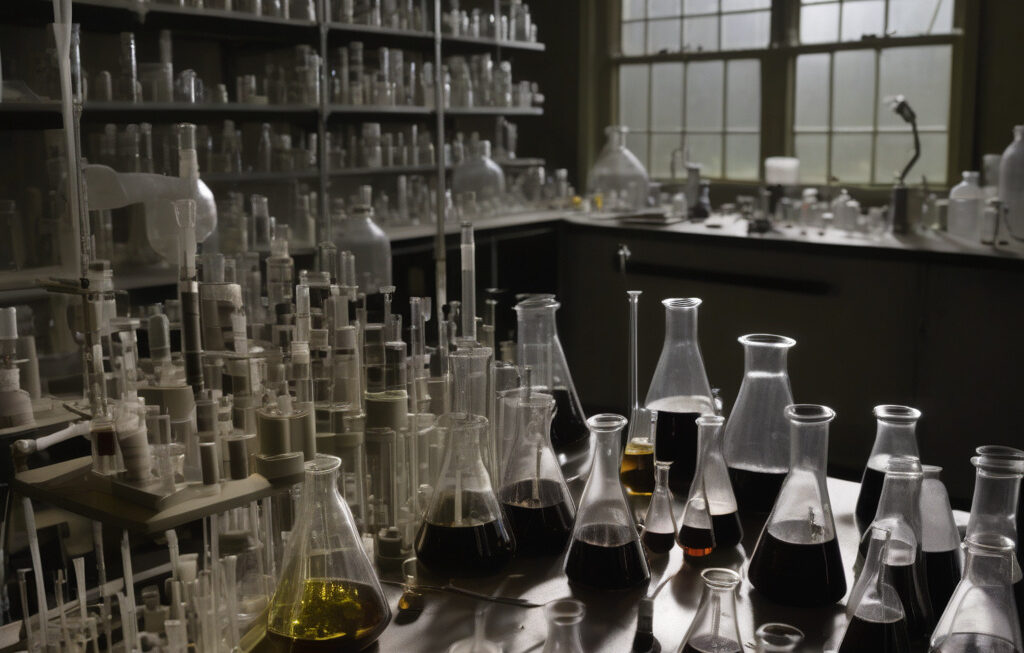Turning CO2 into Fuel: A Sustainable Innovation in Aviation Industry
Scientists have developed a method that can turn carbon dioxide into valuable liquid hydrocarbons, which could revolutionize the aviation industry’s approach to fuel production. This groundbreaking technology not only provides a solution to reduce greenhouse gas emissions but also offers a sustainable alternative to traditional fossil fuels.
The aviation industry is one of the major contributors to carbon dioxide emissions, with planes relying heavily on fossil fuels for their operations. As the world seeks ways to combat climate change and reduce the impact of greenhouse gases, finding innovative solutions like converting CO2 into liquid hydrocarbons is crucial for a sustainable future.
The process of converting CO2 into liquid hydrocarbons involves capturing carbon dioxide emissions from industrial sources such as power plants or factories. These emissions are then processed using a series of chemical reactions to produce liquid hydrocarbons, which can be used as a clean and renewable fuel source for airplanes.
One of the key advantages of this technology is its ability to close the carbon loop by recycling CO2 emissions that would otherwise be released into the atmosphere. By converting these emissions into fuel, not only are greenhouse gas levels reduced, but the dependence on finite fossil fuel resources is also decreased.
Moreover, the use of liquid hydrocarbons derived from CO2 can significantly lower the carbon footprint of the aviation industry. As airlines strive to meet carbon neutrality goals and reduce their environmental impact, adopting sustainable aviation fuels produced from greenhouse gases can play a critical role in achieving these objectives.
In addition to its environmental benefits, the production of fuel from CO2 can also help mitigate the economic challenges associated with fluctuating oil prices. By creating a more stable and sustainable fuel source, airlines can reduce their vulnerability to price shocks in the oil market, leading to greater financial stability and operational resilience.
Furthermore, the development of this technology highlights the power of innovation in addressing complex environmental issues. By harnessing the potential of CO2 as a feedstock for fuel production, scientists have demonstrated how creativity and scientific expertise can drive positive change and pave the way for a greener future.
As the aviation industry continues to seek ways to decarbonize and transition towards more sustainable practices, technologies that enable the conversion of CO2 into liquid hydrocarbons offer a promising solution. By leveraging these innovations, airlines can not only reduce their environmental impact but also contribute to a more sustainable and resilient industry for future generations to come.
In conclusion, the transformation of carbon dioxide into fuel represents a significant advancement in the quest for sustainable aviation. By turning a greenhouse gas into a valuable resource, scientists have provided a glimpse into a future where environmental conservation and technological innovation go hand in hand, shaping a more sustainable path forward for the aviation industry.
#CO2, #FuelProduction, #SustainableAviation, #GreenhouseGasEmissions, #Innovation












